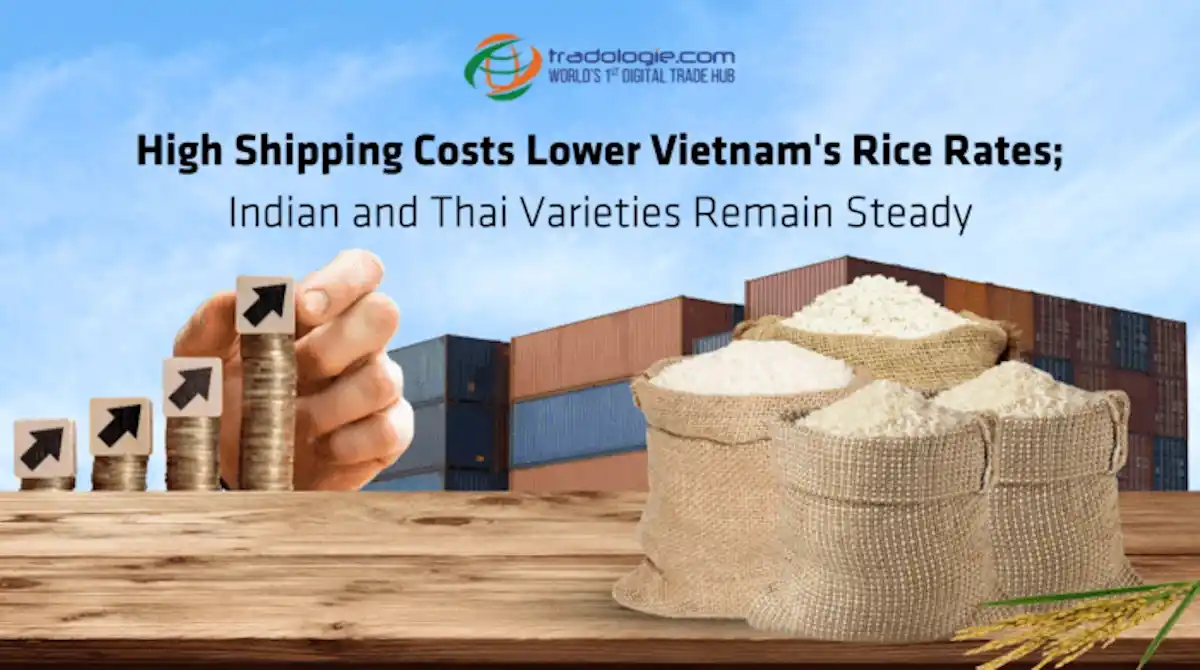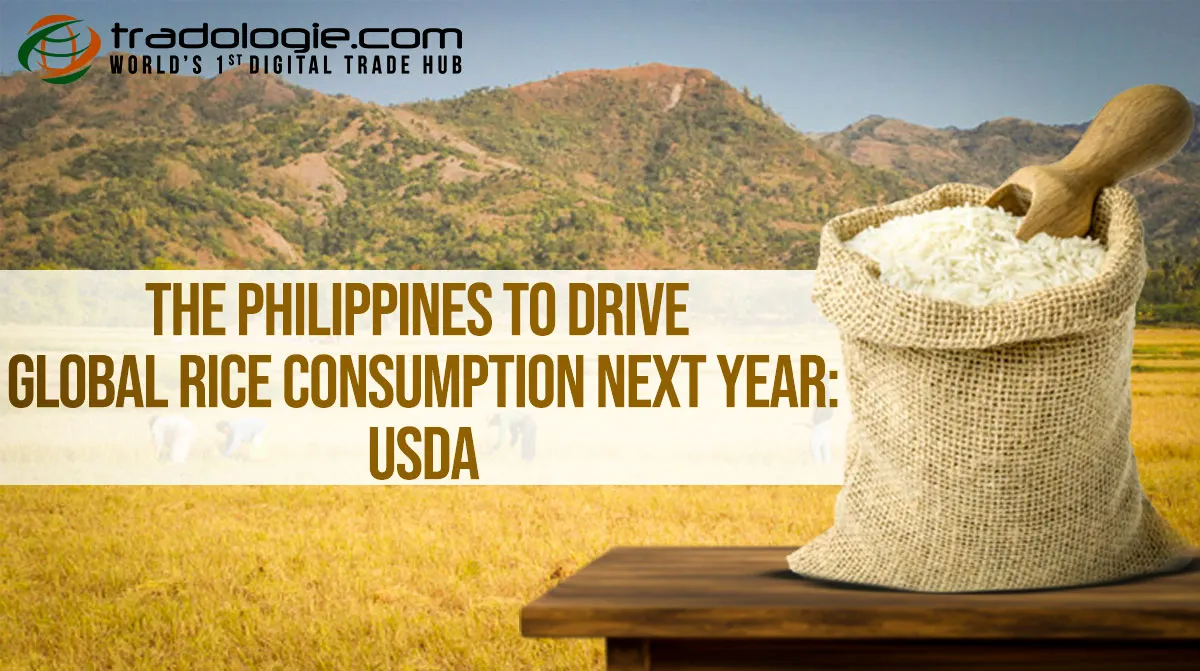Are you looking to export rice in bulk ? The global B2B rice market is a complex network influenced by the interplay of major exporters like Vietnam, India, and Thailand. These countries are critical players, driving trade flows and price dynamics through their production volumes, export policies, and market responses. Here's a brief update on the latest trends and changes in the rice market.
Vietnam: Slight Dip in Rice Prices Amid Rising Shipping Costs
In Vietnam, the cost of rice has experienced a minor decrease due to higher shipping expenses. The price for the 5% broken rice variety now ranges from $570 to $575 per metric ton, down from $575 to $580 the previous week. Despite this drop, the overall export volume for the first five months of the year has increased by 11.2% year-on-year. However, May saw a 14.6% decline in exports compared to April. The Philippines' decision to reduce its rice import tariff is expected to benefit Vietnamese rice exports, potentially boosting their shipments in the coming months.
India: Steady Prices Amid Strong African Demand
India's rice market remains stable, with the 5% broken parboiled rice priced between $539 and $546 per ton. This stability is maintained by robust demand from African countries and a depreciating rupee, which helps offset the rising local costs due to decreased supplies. Indian rice exporters are thus able to manage these challenges effectively, keeping prices steady despite the fluctuations in supply.
Thailand: Consistent Prices with Strong Regional Demand
Thailand's rice prices have held steady at $630 per ton. This stability is underpinned by continuous demand from Indonesia and the Philippines. Looking ahead, new demand and additional crop supplies expected in July may influence the market, but for now, the prices remain stable, supported by ongoing regional demand.
Bangladesh: Import Plans to Stabilise Domestic Prices
Bangladesh is planning to import 4,00,000 tons of rice in 2024 as a strategy to manage domestic grain prices. This significant import plan could influence global rice supply and pricing, especially if other countries adopt similar measures to control their domestic markets.
Potential Impacts on the Rice Market
- Price Stability/Fluctuation: The slight decline in Vietnamese rice prices due to higher shipping costs could affect the overall market stability. If shipping expenses continue to rise, this might lead to increased prices or reduced profit margins for basmati rice exporters.
- Increased Trade Activity: The reduction of rice import tariffs by the Philippines is expected to enhance Vietnamese rice exports, potentially intensifying competition among major rice-exporting nations.
- Supply and Demand Dynamics: The strong demand from African buyers for Indian rice and the sustained interest from Indonesia and the Philippines for Thai rice suggest that trade volumes are likely to remain steady or even increase. This demand may help stabilise prices despite any local supply changes.
- Import Strategies: Bangladesh's plan to import large quantities of rice could have a notable impact on global supply and pricing. If other countries follow Bangladesh’s lead in importing rice to stabilise their domestic markets, this could further influence global rice trade dynamics.
Overall, these developments highlight a dynamic and evolving global rice market. Factors such as trade policies, shipping costs, and supply-demand changes across different regions are shaping the market, suggesting a period of adjustment and potential growth ahead.
If you want to or export rice in bulk, Tradologie.com is the best B2B platform. It facialites the bulk transactions without any middlemen through its state-of-the-art SaaS platform. Visit www.tradologie.com to explore B2B export opportunities and stay updated with the latest trends in the industry.
To register as a buyer, click here. To register as a seller, click here.
To stay updated with the latest happenings in the agro-trade industry, follow Tradologie.com across all social media channels.





